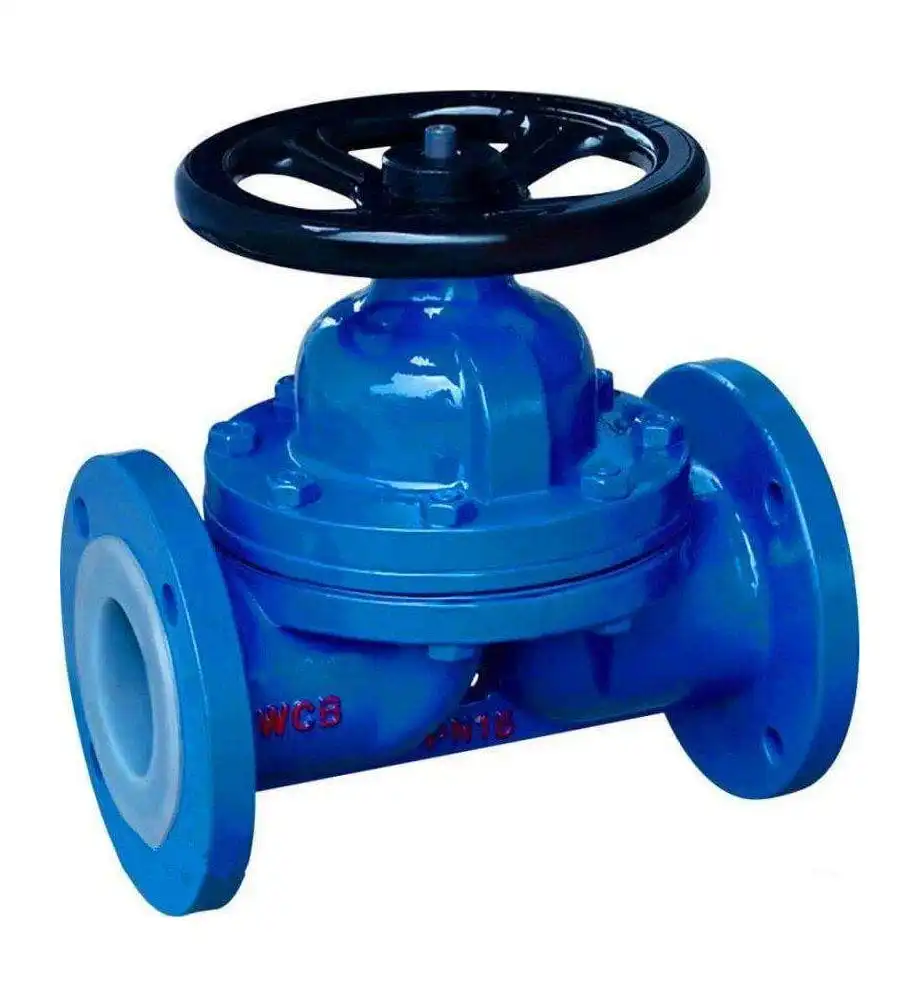The diaphragm valve is provided with a flexible diaphragm or a combined diaphragm in the valve body and the valve cover, and the closing member is a compression device connected to the diaphragm. The valve seat can be either a dome or a tube wall that is straight through the runner. The advantage of the diaphragm valve is that its operating mechanism is separated from the medium passage, which not only ensures the purity of the working medium, but also prevents the possibility of the medium in the pipeline impacting the working parts of the operating mechanism. In addition, no separate seal of any form is required at the stem unless it is used as a safety feature in controlling hazardous media. In the diaphragm valve, since the working medium is only in contact with the diaphragm and the valve body, both of which can be used in a variety of different materials, the valve can ideally control a variety of working media, especially for chemically corrosive medium or medium with suspended particles. The operating temperature of the diaphragm valve is typically limited by the materials used in the diaphragm and body lining. It operates over a temperature range of approximately -50 to 175 ºC. The diaphragm valve has a simple structure and consists of only three main components: the valve body, the diaphragm and the valve head assembly. The valve is easy to disassemble and repair quickly, and replacing diaphragm can be completed on the spot and in a short time.

